Can a revamped Dreamland help to reinvigorate the Kent town of Margate?
Margate's historic theme park is being rescued with a chi-chi makeover. But will it be up or down for the locals?
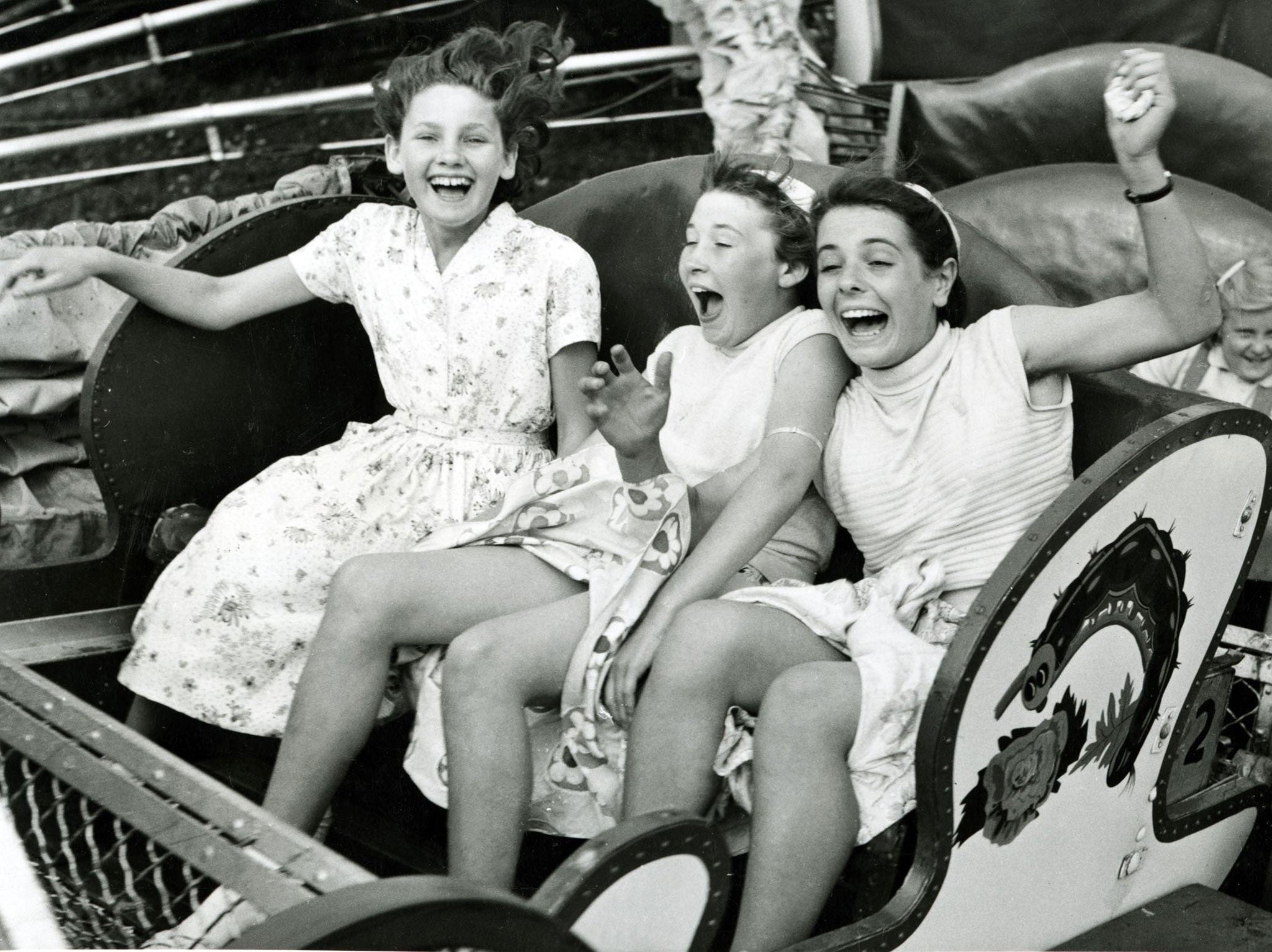
Everyday is a red-letter day in Margate. Scarlet capitals sloshed on to bashed-in brick proclaim 'DREAMLAND WELCOMES YOU'. This greeting on the side of the Dreamland Cinema faces the empty upper parking deck of the derelict Arlington Square shopping parade. My breeze-buffeted pondering of this oddly beautiful starkness is interrupted by three skateboarders. They're making the most of the nooks and ramps of the piece of townscape crowned by the slick Arlington House, an elegant Chicago-esque apartment block which wonders why it's facing Thames Estuary sandbanks rather than the shores of Lake Michigan.
From up on the car park you can gaze down on the amusement park behind the cinema. There, painstaking work to restore one of the world's first rollercoasters, the Scenic Railway, continues. Fresh timber ascends towards the heavens. After a long demise, then a lengthy closure, Dreamland is rising from the ashes.
When Dreamland re-opens in June it will be a celebration of those pre-'64 values and tastes, a memorial to the now-dismantled mass working class who came here. The heroes who made Dreamland's renewal possible are the people of the town who fought for it. People like Wieslaw Kapuscinski (or Kapo), his wife Mandy, and Dave Collard, who used to drive the Scenic Railway's rollercoaster cars, so ancient they needed a brakeman onboard. We fight our way along a blustery promenade to a Wetherspoons called The Mechanical Elephant, itself named after an eccentric Margate spectacle – a motorised elephant called Jenny gave kids rides along the beach before Peter Sellers bought it. As we drink milky tea beneath flat screens showing rugby, Kapo jokes with me that Dave sometimes "used to s**t the riders up by flipping the tail on the rollercoaster," if it was groups of teenagers riding at the end of the day; that he could "make the wheels come off the track!". Dave counters that he also used to "stop at the top of the track to let people watch the fireworks on Thursdays".
The park opened in 1870 as the Hall by the Sea and rides were added by circus magnate George Sanger from the 1880s, making it one of the world's first amusement parks. But it was re-christened by promoter John Henry Iles in 1920, when the Scenic Railway opened.
Dreamland. The name couldn't be any more perfect. Because the 20th century was a century of dreams. It began with nightmares. It ended with broken dreams, on the one hand, as utopia collapsed everywhere – including in Margate; while on the other hand, a few got rich beyond their wildest dreams in the 1980s financial boom. But in the middle, from 1945 until 1975, the 20th century was about working people dreaming of a better tomorrow; about those dreams coming true. This was the era when the working class reached the highest position in their history.
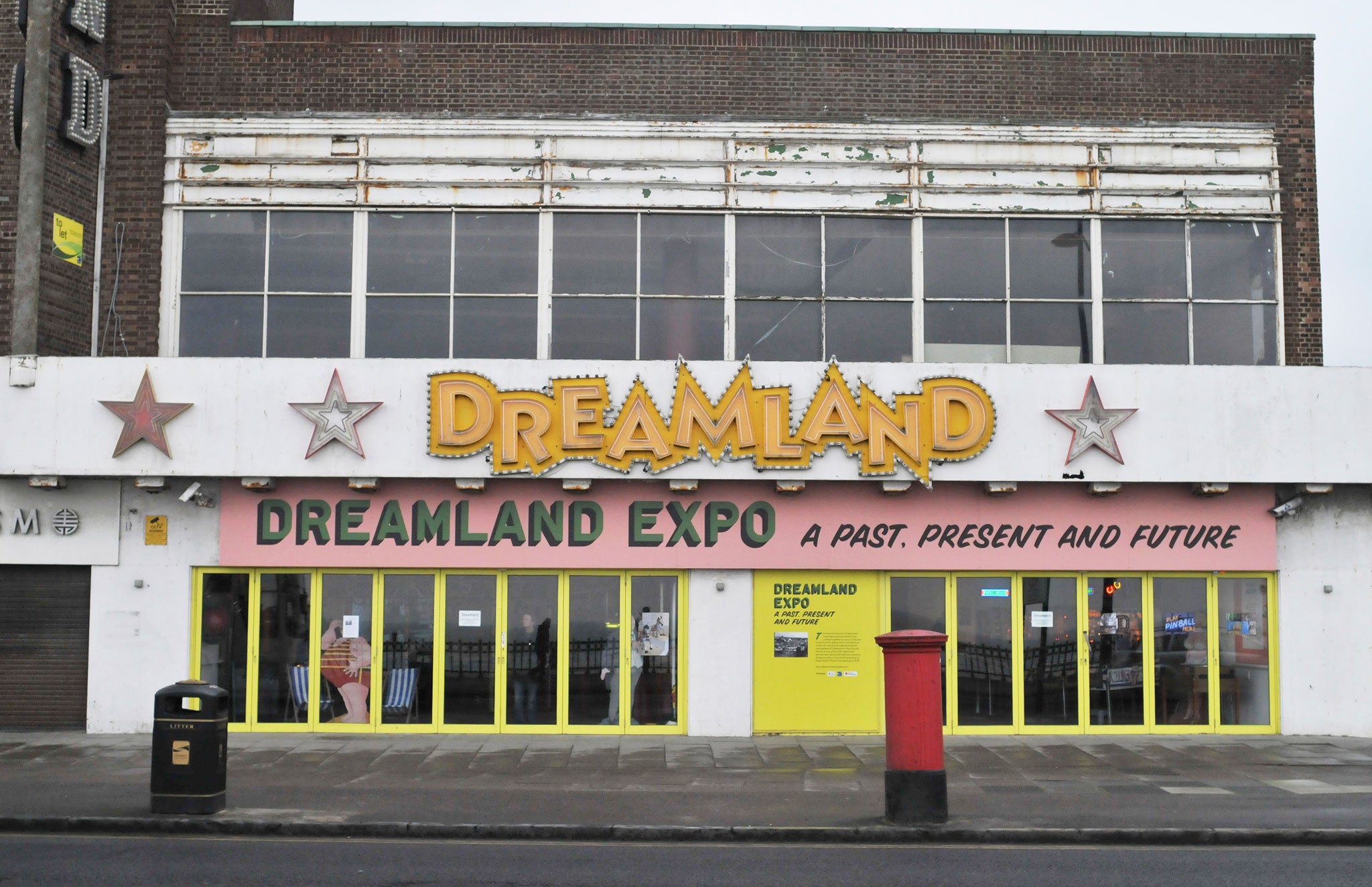
That realisation that they might not get back there, plus rampant social and economic whirlwinds blowing through Britain, are why politics has become so odd. Today's multi-cultural Thanet has it tough. Half of the families in the Cliftonville West area of Margate are officially classed as living in poverty. These tensions and traumas explain why UKIP is aggressively targeting the next-door constituency, Thanet South. But politics in Kent can have a kinder role, too. Politics was responsible for saving Dreamland. There were plans to plonk cookie-cutter houses where Dreamland is, and a bland Tesco on top of Arlington Square. Not any more. "It was a long, hard-fought battle," says Kapo. The Scenic Railway – Britain's only listed rollercoaster – suffered an arson attack in 2008. After another fire last year, "we thought it was all over," remembers Kapo. "There have been many very difficult times where it seemed things were going badly but we stuck at it," agrees Collard. "Everyone's got a little piece of it in their heart. How many people's hopes and dreams are tied up in it?" reflects Mandy Kapuscinski.
Other campaigners were also instrumental. "I care about the town. Without Dreamland and with all the things that were derelict and closing down, Margate was dead," says Susan Marsh, who was one of them.
"What I've realised, having been doing this for 10 years, is the most important thing about Dreamland is what it means to people – people remember having their first kiss there, and many happy childhood memories, too," mulls Nick Laister– planner, theme park expert and campaign leader. "And the cinema used to have great rock'n'roll acts!" That cinema, designed by Julian Rudolph Leathart & WF Granger, was added on 22 March, 1935 and showed Greta Garbo's The Painted Veil on its opening night. The Who and The Rolling Stones played there. Tracey Emin used to go dancing on a Friday.
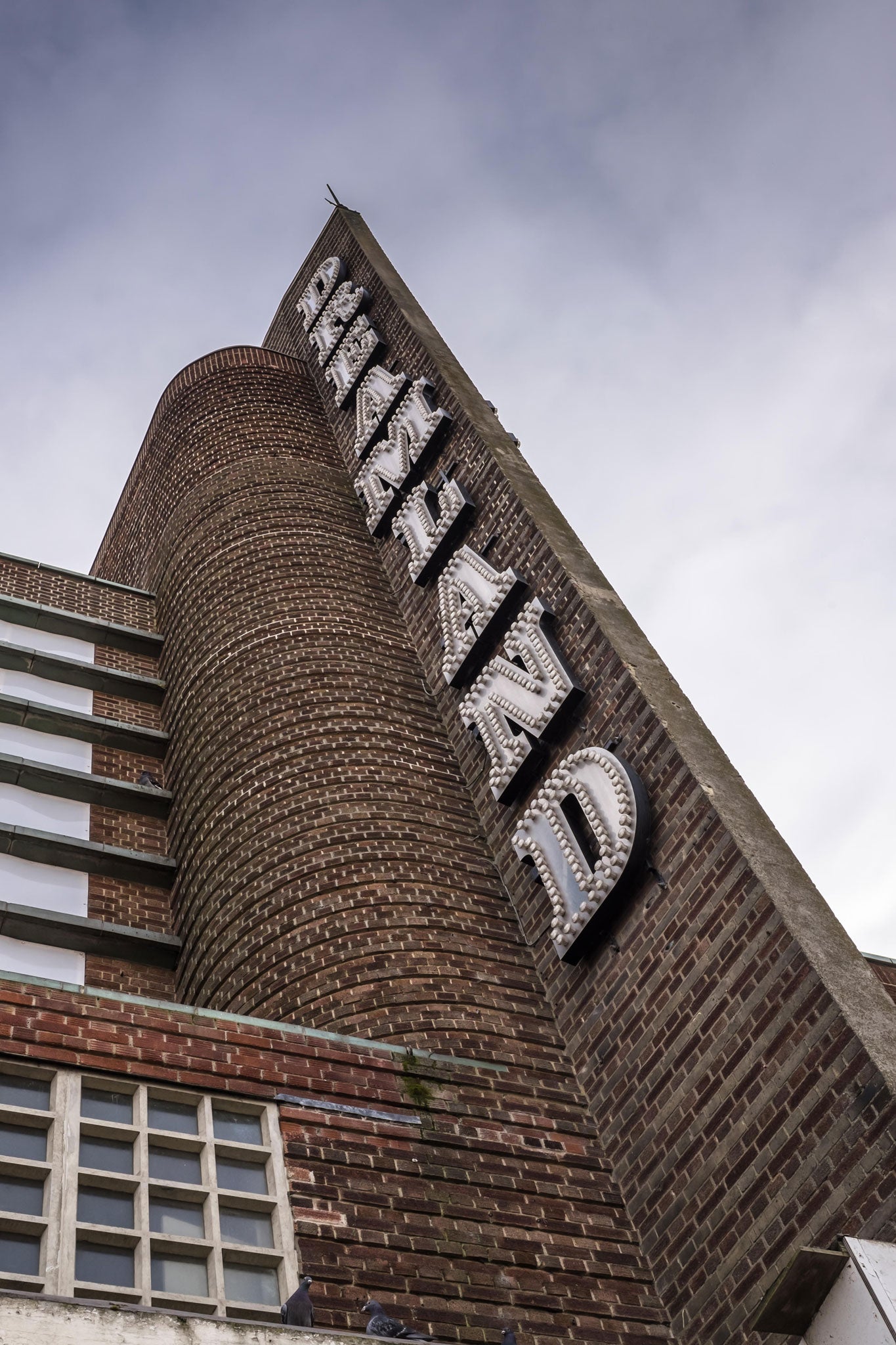
The local council was opposed to saving Dreamland. Now they're onboard. "With overwhelming public support the council acted boldly to compulsorily purchase the site [in 2011] and has helped to secure funding of £18m to deliver the first phase," says Iris Johnston, Thanet Council Leader. "Right now, everyone is talking about Margate because it's in the midst of a cultural renaissance," says Dreamland's new director, Eddie Kemsley. "We'll be the cornerstone foundation for Margate to further build upon its accelerating regeneration by offering employment for the local area and restoring the tradition of the Great British seaside holiday."
Margate is at the end of the road. Literally. The A28 finishes right outside the Mechanical Elephant pub. Margate equals escape – especially for south Londoners. A workers' paradise. Appropriate, really, as Marx summered here. In the 1989 Only Fools and Horses Christmas Special, Margate is the inevitable destination for The Jolly Boys Outing, and Dreamland's dubious pleasures are gently satirised. In Graham Swift's novel, Last Orders, Margate is Jack Dodds' final destination.
Dodds couldn't get his longed-for bungalow there in life, so he requests his ashes to be taken there in death. I ask Swift over email about this idea of Margate, and Dreamland, being the end of a journey, and he replies: "Last Orders ends with the scattering of a man's ashes in the waves at Margate. Nonetheless, I'd say it's an essentially comic novel. I've often been drawn to the seaside in my work and I think this is because I've always been fascinated by how it's in this place of actual extremity, where the land of the living literally runs out, that we most concentrate our sense of life as fun, play and laughter, a perpetual comic delight. Every seaside pier expresses this defiant dream and Margate's Dreamland couldn't be better named."
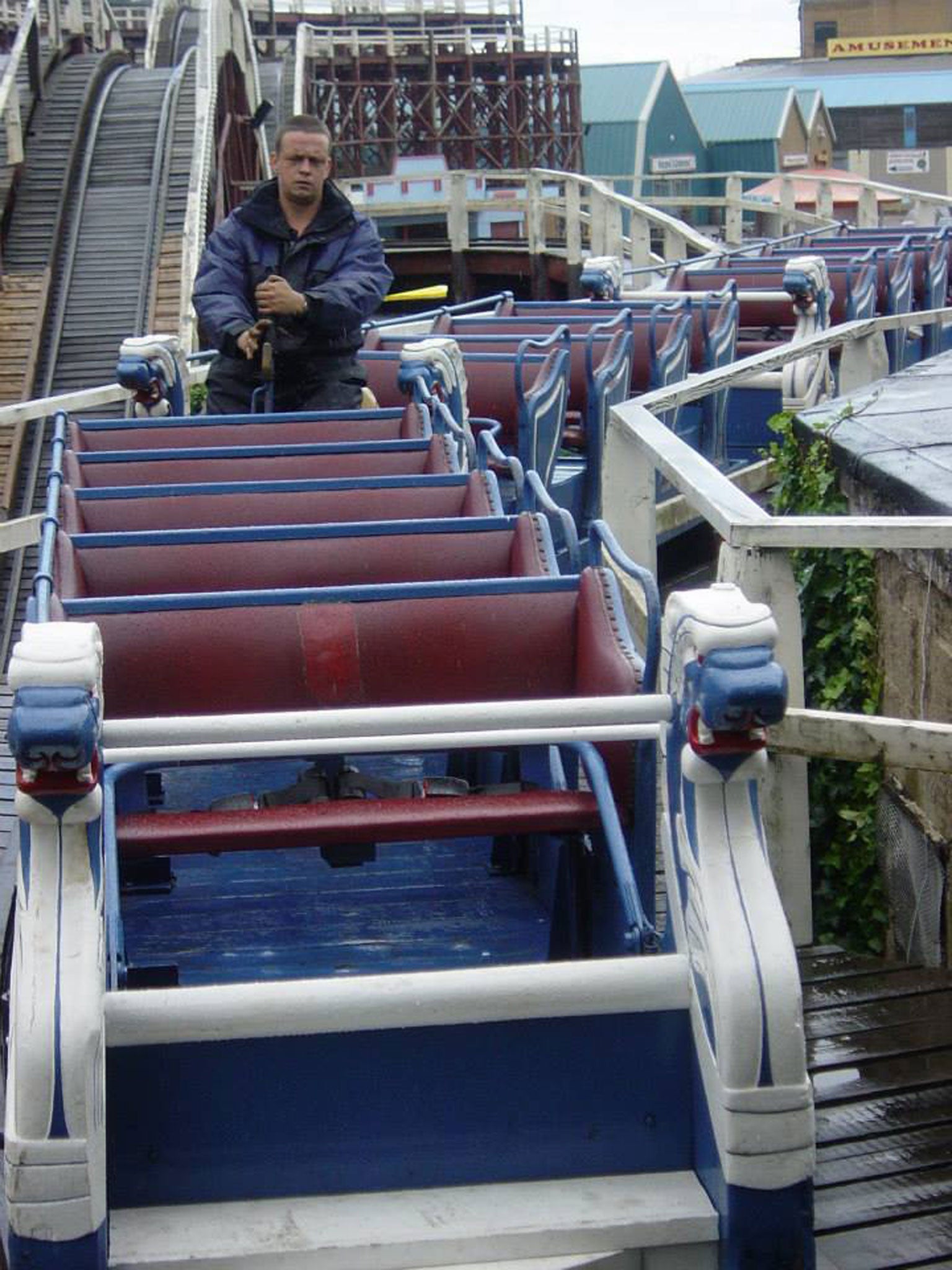
Margate is non-conformist. The jetty enclosing its little harbour is called a pier, and its pier (finally destroyed by storms in 1978) was called a jetty – facts the characters in Last Orders chuckle about. It has a bohemian air. Perhaps it could be another Brighton? It's raffish, but downmarket. It's tried to chase the cultural buck with the new Turner Contemporary art gallery, which opened to plaudits in 2011.
"We're thrilled about the opening of Dreamland, an additional venue to visit in Margate alongside Turner Contemporary," says Turner director Victoria Pomery. The Turner was, whether consciously or not, an attempt to move Margate upmarket. But can you parachute art in? What if you called Dreamland 'art' instead – what if you said this was one of Britain's biggest bits of surrealism? Antony Gormley sort of did that. Nine years ago, at Dreamland, he built a wooden giant with a six-foot cock called Waste Man – with a little help from the locals. Then he burnt it to the ground. The wooden geezer's apocalyptic demise was a harbinger of the Scenic Railway's wooden inferno. It was also a climactic scene in Penny Woolcock's disquieting film, Exodus.
Woolcock's film imagines a dystopian future where a far-right party has taken power. Foreigners are thrown into a concentration camp. Dreamland was the camp, and Woolcock ironically kept the name, too. In the film, the internees burn the wooden man as a protest.
Dreamland won't become a prison, though – it'll be a big, gaudy fun palace. The plan is to pack it with a dozen, painstakingly-restored vintage rides. Rides like the Galloping Horses, and the Hurricane Jet – a carousel with spaceship pods the rider can move around. Wayne Hemingway is designing a bandstand with kids from Margate's Harstdown school. Vintage pinball machines, currently at the Dreamland Exhibition (open Saturdays and Sundays, until the end of next weekend), will also go in.
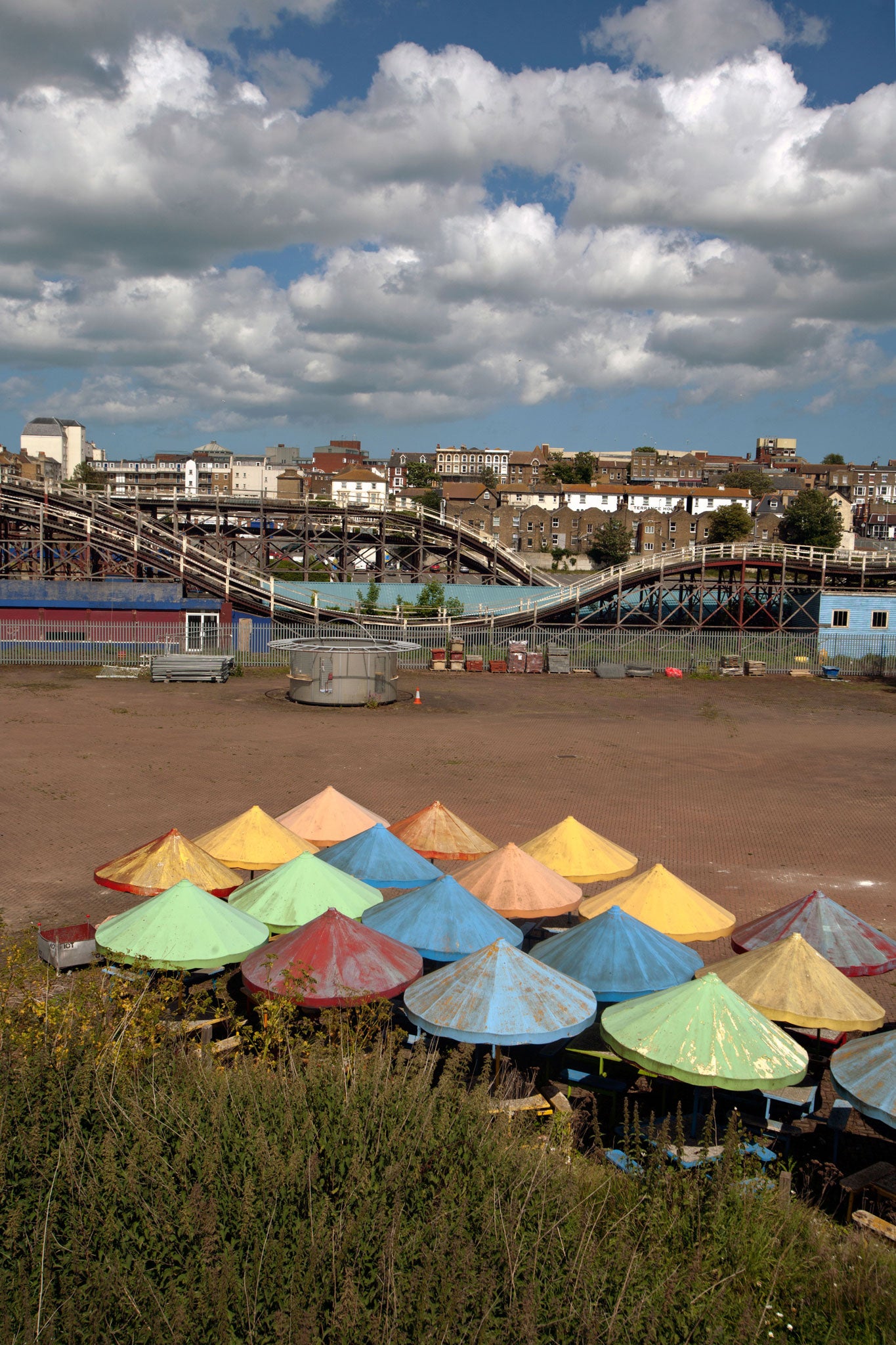
But Dreamland's re-opening will be bittersweet for locals such as Dave, Kapo and Mandy. "What the operating company is planning is different to what we had in mind," mulls Dave Collard, choosing his words carefully. "We're still happy it's opening," says Kapo, but it's obvious that, with a new management team in place, the people who fought hardest for Dreamland feel sidelined. Their memories keep them going. "My first season at Dreamland was when I was 16," remembers Collard. He calls the Scenic Railway his "pride and joy". Kapo laughs about taking his Dreamland ice-cream bike to the Epsom Derby and trying to park it in view of the Queen.
Dave, Kapo and Mandy will be back at the park one day. But it's doubtful the sinister stuff of the past will return. Lindsay Anderson came to Margate in 1953 to make the film O Dreamland. He picked out terrifying attractions such as the House of Horrors, where executions were mocked-up by animatronic marionettes. Alfred Hitchcock spent his summer holidays there as a young Leytonstone lad, and you imagine he'd have loved Anderson's bleak short. Intriguingly, Anderson's film was an outsider's tale. With their loud noises, stomach-churning rides, garish sights and raucous atmosphere, amusement parks aren't places for the shy, modern individual. They're places where big crowds do lowbrow things en masse. But that hullabaloo made a lot of people happy. Saving it is a huge task, but saving Dreamland may well end up saving Margate, too.
Tickets go on sale this weekend at dreamland.co.uk
THREE OTHER GREAT VINTAGE THEME PARKS
Spreepark, Berlin
A solid-gold example of 'bread and roses', Kulturpark Plänterwald was opened in 1969 by the East German government to keep the 'DDR Hauptstadt' happy. Rides aimed to show that the 'Ossis' could have as much fun as their Western compatriots who weren't trapped in a draconian surveillance state. A fire last year ravaged the abandoned park.
Luna Park, Melbourne
Opened in 1912, Luna Park is one of the most common amusement park names, but Melbourne's – on the beach at St Kilda – is a particular treasure, from its iconic entrance gate, which looks like a giant mouth, to its own Scenic Railway – just like Margate's.
Coney Island, New York
Coney Island was the epicentre of amusement parks. It welcomed a Dreamland in 1904, a year after its own Luna Park. In 1962, a space-themed competitor called Astroland opened. Generations of New Yorkers enjoyed the visceral thrills of these funfairs; and a new version of Luna Park opened on the site of Astroland in 2010.
Join our commenting forum
Join thought-provoking conversations, follow other Independent readers and see their replies
0Comments